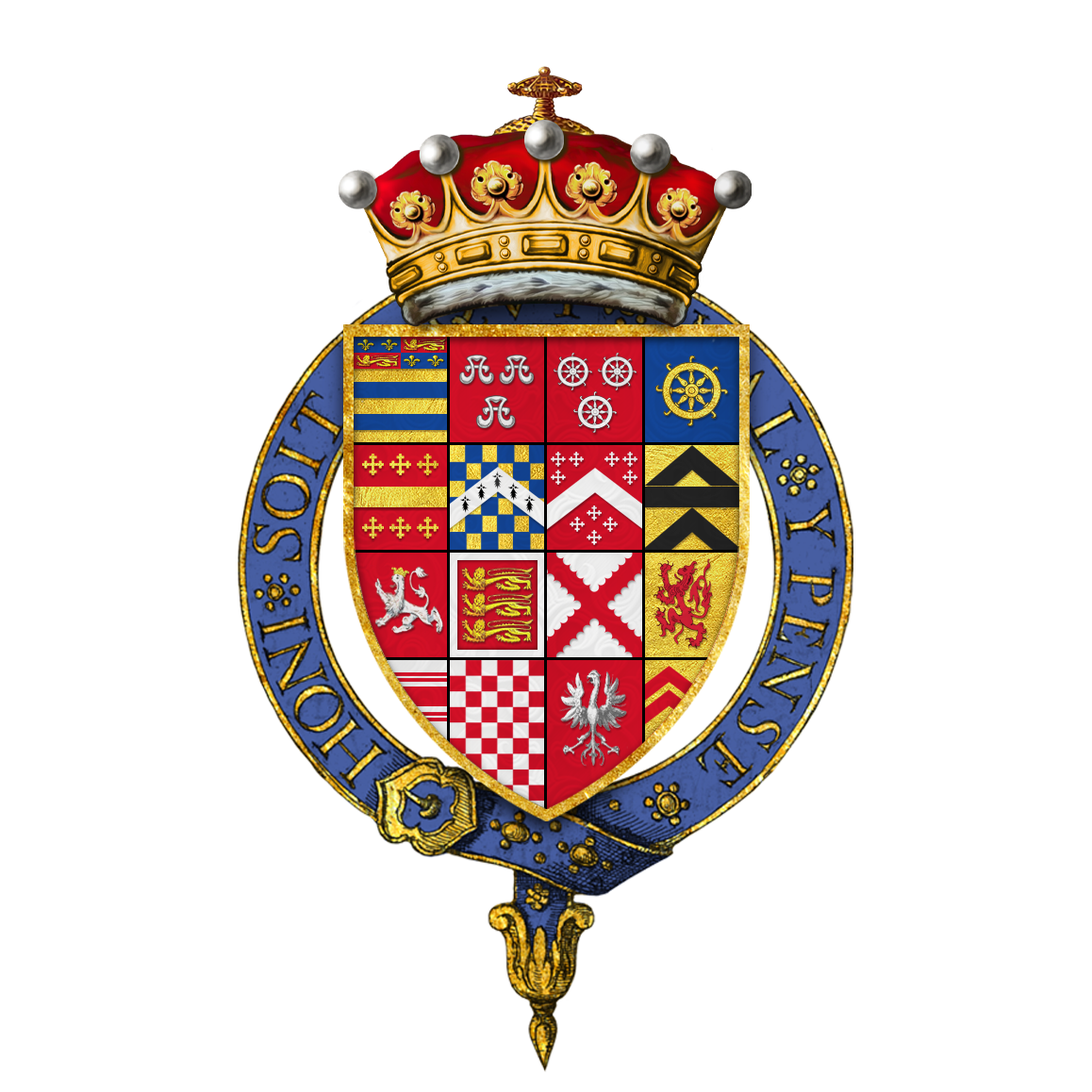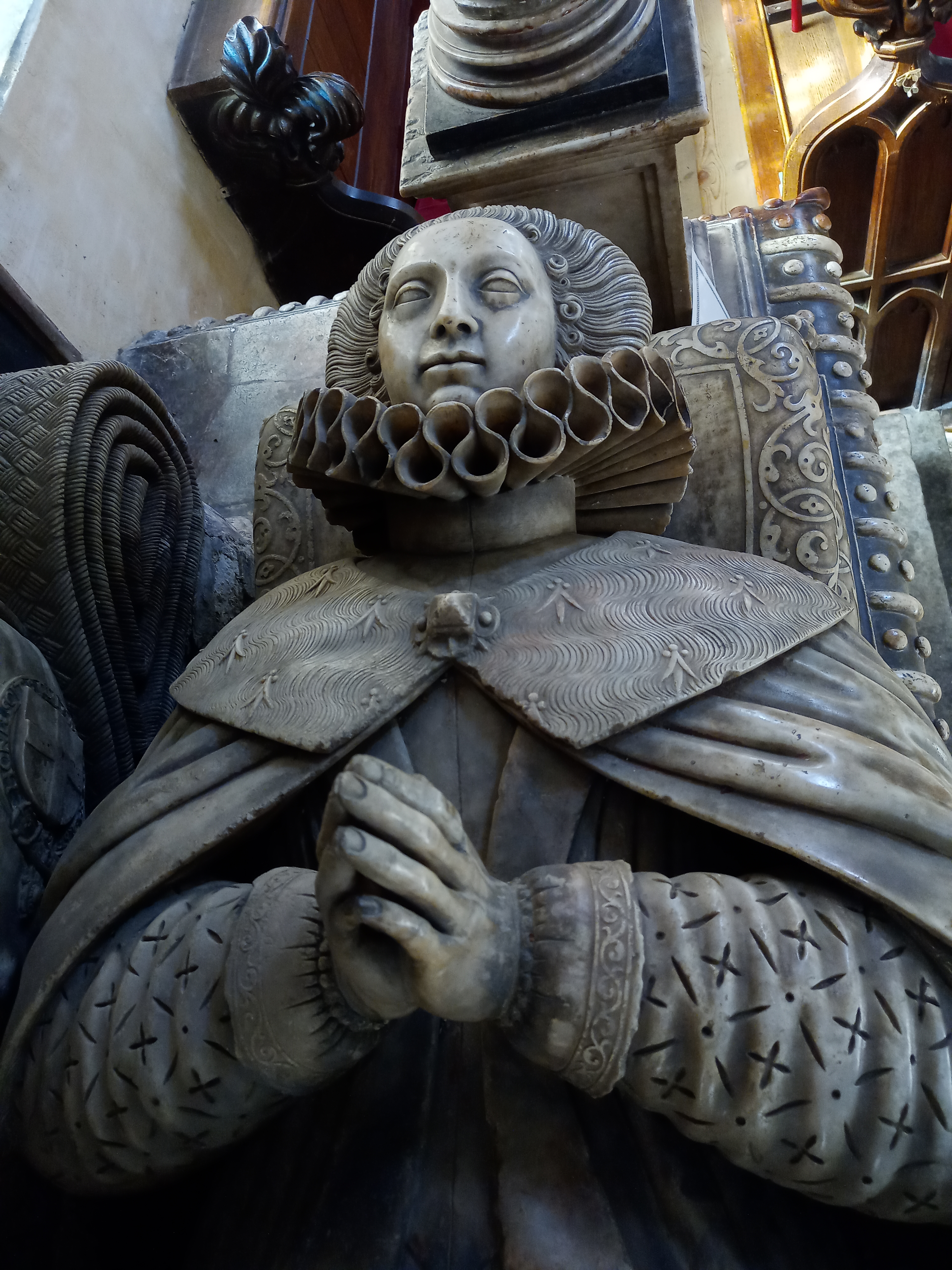Edward Manners, 3rd Earl Of Rutland on:
[Wikipedia]
[Google]
[Amazon]
 Edward Manners, 3rd Earl of Rutland, 14th Baron de Ros of Helmsley, KG (12 July 1549 – 14 April 1587) was the son of
Edward Manners, 3rd Earl of Rutland, 14th Baron de Ros of Helmsley, KG (12 July 1549 – 14 April 1587) was the son of
 At Bottesford Church in
At Bottesford Church in
 Edward Manners, 3rd Earl of Rutland, 14th Baron de Ros of Helmsley, KG (12 July 1549 – 14 April 1587) was the son of
Edward Manners, 3rd Earl of Rutland, 14th Baron de Ros of Helmsley, KG (12 July 1549 – 14 April 1587) was the son of Henry Manners, 2nd Earl of Rutland
Henry Manners, 2nd Earl of Rutland, 13th Baron de Ros of Helmsley, KG (23 September 152617 September 1563) was an English nobleman.
Origins
He was the son and heir of Thomas Manners, 1st Earl of Rutland and his wife Eleanor Paston.
Career
Li ...
, whose titles he inherited in 1563.
Life
He was the eldest son ofHenry Manners, 2nd Earl of Rutland
Henry Manners, 2nd Earl of Rutland, 13th Baron de Ros of Helmsley, KG (23 September 152617 September 1563) was an English nobleman.
Origins
He was the son and heir of Thomas Manners, 1st Earl of Rutland and his wife Eleanor Paston.
Career
Li ...
, and Margaret, fourth daughter of Ralph Neville, 4th Earl of Westmorland
Ralph Neville, 4th Earl of Westmorland KG (21 February 1498 – 24 April 1549), was an English peer and soldier. He was the grandson of Ralph Neville, 3rd Earl of Westmorland, and the father of Henry Neville, 5th Earl of Westmorland.
Family
...
. He seems to have been educated at Oxford, though he did not graduate there as a student. He bore the title of Lord Roos or Ros, the old title of his family, until 1563, when by the death of his father he became third Earl of Rutland.
He was made one of the queen's wards, and was specially under the charge of Sir William Cecil, who was connected with him by marriage. He accompanied the queen on her visit to Cambridge in 1564, and was lodged in St. John's College, and created M.A. on 10 August. In October 1566, he was made M.A. of Oxford. In 1569, he joined the Earl of Sussex
Earl of Sussex is a title that has been created several times in the Peerages of England, Great Britain, and the United Kingdom. The early Earls of Arundel (up to 1243) were often also called Earls of Sussex.
The fifth creation came in the Peera ...
, taking his tenants with him, and held a command in the army which suppressed the northern insurrection. In 1570, he passed into France, Cecil drawing up a paper of instructions for his guidance. He was in Paris in February of the next year. At home, he received many offices, and displayed enthusiastic devotion to the queen. On 5 August 1570, he became constable of Nottingham Castle
Nottingham Castle is a Stuart Restoration-era ducal mansion in Nottingham, England, built on the site of a Norman castle built starting in 1068, and added to extensively through the medieval period, when it was an important royal fortress and o ...
, and steward, keeper, warden, and chief justice of Sherwood Forest; in 1571 he was feodary of the duchy of Lancaster for the counties of Nottingham and Derby; in 1574 he was appointed lord-lieutenant of Nottinghamshire.
On 17 June 1577, Rutland was placed on the ecclesiastical commission for the province of York, and in 1579 on the council of the north. In the grand tilting match of 1580, Rutland and twelve others contended with a similar number, headed by Essex, before the queen at Westminster. His public offices probably now absorbed all his time, as in 1581 a relative, John Manners, seems to have been managing his estate. On 23 April 1584, he became K.G., and on 14 June 1585 lord-lieutenant of Lincolnshire. His style of living was very expensive; when he went with his countess to London in about 1586 he had with him forty-one servants, including a chaplain, trumpeter, gardener, and apothecary. In June 1586, with Lord Eure and Randolph, he arranged a treaty of peace with the Scots at Berwick, and his brother Roger wrote that his conduct had been approved by the court. On 6 October, he was one of the commissioners to try Mary Queen of Scots. The queen promised to make him lord chancellor after the death of Sir Thomas Bromley
Sir Thomas Bromley (153011 April 1587) was a 16th-century lawyer, judge and politician who established himself in the mid-Tudor period and rose to prominence during the reign of Elizabeth I of England, Elizabeth I. He was successively Solicito ...
, which took place on 12 April 1587, and he was for a day or two so styled. He died, however, on 14 April 1587, at his house at Ivy Bridge in the Strand
Strand may refer to:
Topography
*The flat area of land bordering a body of water, a:
** Beach
** Shoreline
* Strand swamp, a type of swamp habitat in Florida
Places Africa
* Strand, Western Cape, a seaside town in South Africa
* Strand Street ...
.
Marriage and progeny
On 6 June 1573 he married Isabel Holcroft, a daughter ofThomas Holcroft
Thomas Holcroft (10 December 174523 March 1809) was an English dramatist, miscellanist, poet and translator. He was sympathetic to the early ideas of the French Revolution and helped Thomas Paine to publish the first part of ''The Rights of Ma ...
(1505-1558), a Member of Parliament
A member of parliament (MP) is the representative in parliament of the people who live in their electoral district. In many countries with bicameral parliaments, this term refers only to members of the lower house since upper house members of ...
and commissioner at the Dissolution of the Monasteries, who built a mansion house at Vale Royal on the site of the former Cistercian abbey. By his wife he had one child and sole heiress:
* Elizabeth Manners, 15th Baroness de Ros (1575-1591), who inherited the Barony of Ros, an ancient barony created by writ. The other titles created by letters patent
Letters patent ( la, litterae patentes) ( always in the plural) are a type of legal instrument in the form of a published written order issued by a monarch, president or other head of state, generally granting an office, right, monopoly, titl ...
were able to pass to a male heir only. Most of the estates were in tail male
In English common law, fee tail or entail is a form of trust established by deed or settlement which restricts the sale or inheritance of an estate in real property and prevents the property from being sold, devised by will, or otherwise alien ...
and similarly descended to the heir male
In inheritance, a hereditary successor is a person who inherits an indivisible title or office after the death of the previous title holder. The hereditary line of succession may be limited to heirs of the body, or may pass also to collateral l ...
.
Death and burial
He died onGood Friday
Good Friday is a Christian holiday commemorating the crucifixion of Jesus and his death at Calvary. It is observed during Holy Week as part of the Paschal Triduum. It is also known as Holy Friday, Great Friday, Great and Holy Friday (also Hol ...
at Puddle Wharf in the City of London
The City of London is a city, ceremonial county and local government district that contains the historic centre and constitutes, alongside Canary Wharf, the primary central business district (CBD) of London. It constituted most of London fr ...
, and was brought home for burial in Bottesford Church, Leicestershire, where his monument survives. The Earldom of Rutland and Barony of Manners went to his brother John Manners, 4th Earl of Rutland
John Manners, 4th Earl of Rutland (c. 1559 – 24 February 1588) was the son of Henry Manners, 2nd Earl of Rutland, and Lady Margaret Neville, daughter of Ralph Neville, 4th Earl of Westmorland.
Marriage and children
He married Elizabeth Cha ...
, but the Barony of de Ros was able to pass to his daughter.
Legacy
 At Bottesford Church in
At Bottesford Church in Leicestershire
Leicestershire ( ; postal abbreviation Leics.) is a ceremonial and non-metropolitan county in the East Midlands, England. The county borders Nottinghamshire to the north, Lincolnshire to the north-east, Rutland to the east, Northamptonshire t ...
there is the tomb commemorating the third Earl and his wife. It was created by Gerard Johnson the elder
Gerard Johnson the elder (died 1611) is the Anglicised form of Gheerart Janssen, an English sculptor who operated a monument workshop in Elizabethan and Jacobean England and the father of Gerard Johnson the younger, who is thought to have creat ...
of Southwark, a Flemish craftsman. Earl Edward lies on a mat, wearing full plate armour. Instead of a gorget
A gorget , from the French ' meaning throat, was a band of linen wrapped around a woman's neck and head in the medieval period or the lower part of a simple chaperon hood. The term later described a steel or leather collar to protect the thro ...
protecting his throat he wears a ruff
Ruff may refer to:
Places
*Ruff, Virginia, United States, an unincorporated community
*Ruff, Washington, United States, an unincorporated community
Other uses
*Ruff (bird) (''Calidris pugnax'' or ''Philomachus pugnax''), a bird in the wader fami ...
. He wears the Order of the Garter
The Most Noble Order of the Garter is an order of chivalry founded by Edward III of England in 1348. It is the most senior order of knighthood in the British honours system, outranked in precedence only by the Victoria Cross and the George C ...
on his left leg. His coronet has disappeared and at his feet is a decorated bull crest. Countess Isabel, daughter of Sir Thomas Holcroft, KT, wears a ruff with the usual dress of the time under an ermine-trimmed mantle, her head supported by a cushion. Her only daughter, Elizabeth, kneels at her feet. The inscription on the tomb lists the Earl's activities in the Scottish "troubles" of the time.The tomb at Bottesford church
Notes
;AttributionReferences
* {{DEFAULTSORT:Rutland, Edward Manners, 3rd Earl of 03Edward
Edward is an English given name. It is derived from the Anglo-Saxon name ''Ēadweard'', composed of the elements '' ēad'' "wealth, fortune; prosperous" and '' weard'' "guardian, protector”.
History
The name Edward was very popular in Anglo-Sa ...
1548 births
1587 deaths
14
Knights of the Garter
Lord-Lieutenants of Lincolnshire
Lord-Lieutenants of Nottinghamshire
People of the Elizabethan era
16th-century English nobility